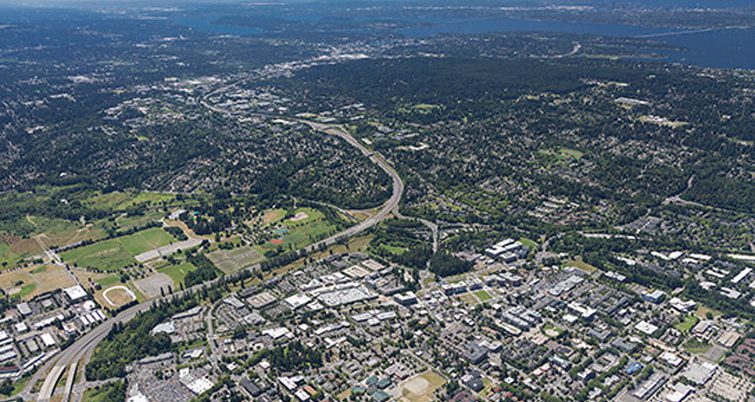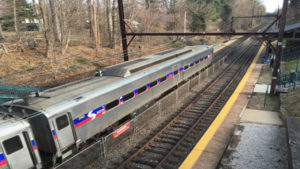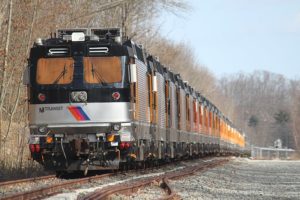Washington State DOT considering high-speed rail for Pacific Northwest
Written by David C. Lester, Editor-in-Chief
High-speed passenger rail service may one day be a reality for the Pacific Northwest region of the United States and Canada. The Washington State Department of Transportation released the results of a study Monday that reports on the potential impact of ultra-hi-speed rail service in this part of North America.
“Ultra-high-speed ground transportation could transform the Pacific Northwest by decreasing travel time, improving overall mobility and boosting economic growth, according to new study of the concept,” a spokesperson for WSDOT wrote in a news release.
“The prospect of uniting Washington, Oregon and British Columbia with an ultra-high-speed transportation system that propels us into the future is incredibly exciting,” Washington Gov. Jay Inslee said.
WSDOT said the ultra-high-speed system is projected to travel at over 200 mph on high-speed rail, magnetic levitation or hyperloop technology.
The authors of the study found the ultra-high-speed ground transportation could:
- Create a new transportation spine in the region, transforming mobility for all residents.
- Draw new companies to the region and create an estimated $355 billion in economic growth.
- Be built within the 2017 estimate of $24 billion to $42 billion in upfront construction costs.
- Provide between 1.7 million to 3.1 million one-way annual trips at start, in what analysts called a conservative estimate.
- Generate between $160 million and $250 million in initial annual revenue.
- Improve the environment with a projected reduction of 6 million metric tons of carbon emissions in the first 40 years as travelers opt for the ultra-high-speed option rather than private vehicles or planes.





